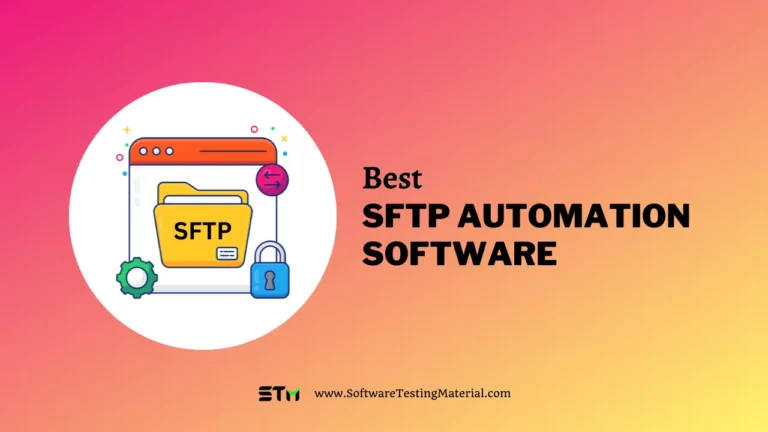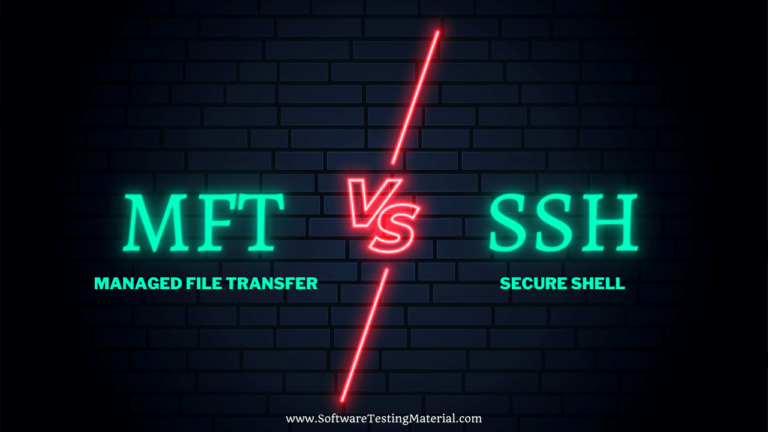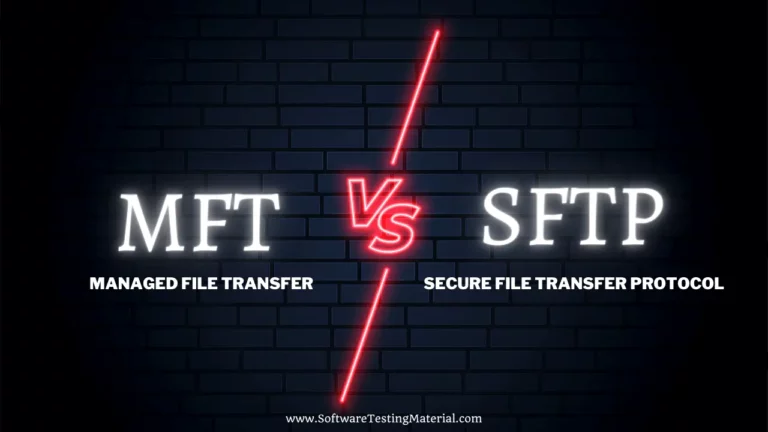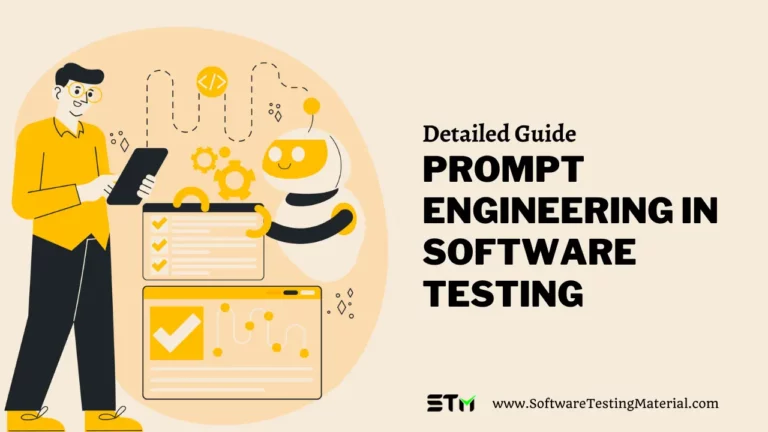What is OFTP2 (Odette File Transfer Protocol 2) | The Complete Guide
This blog will cover everything you need to know about OFTP2. So, let’s dive in without delay!
OFTP (Odette File Transfer Protocol) is commonly used in EDI (Electronic Data Interchange) by large enterprises to exchange electronic documents efficiently.
EDI transactions occur between trading partners or within the same organization.
Originally created to address system compatibility issues, EDI is now crucial for global businesses with diverse supply chains.
An EDI system acts as a bridge between business applications and communication systems, converting data into standard EDI messages.
While EDI messages were traditionally transmitted over costly networks, the Internet now offers a more cost-effective option.
However, to ensure security, EDI messages should be transmitted using secure data transfer methods like OFTP. OFTP2, an evolution of OFTP, enhances security in Internet-based EDI transmissions.
To use OFTP for EDI document exchange, both parties need an OFTP server for secure server-to-server file transfers.
What is OFTP?
OFTP, or Odette File Transfer Protocol, is a protocol specifically crafted to meet the unique data exchange requirements of the automotive industry in Europe. Established by the Organization for Data Exchange by Tele Transmission in Europe (ODETTE), OFTP was designed to ensure secure and reliable transmission of data such as CAD files and other large documents crucial to automotive manufacturing and supply processes. Its effectiveness and robustness have made it a popular choice for electronic data interchange (EDI) beyond its initial industrial sphere, facilitating business-to-business communications on a global scale. The protocol supports both point-to-point and network connections, making it versatile for various network infrastructures including the internet (with OFTP2).
What is OFTP2?
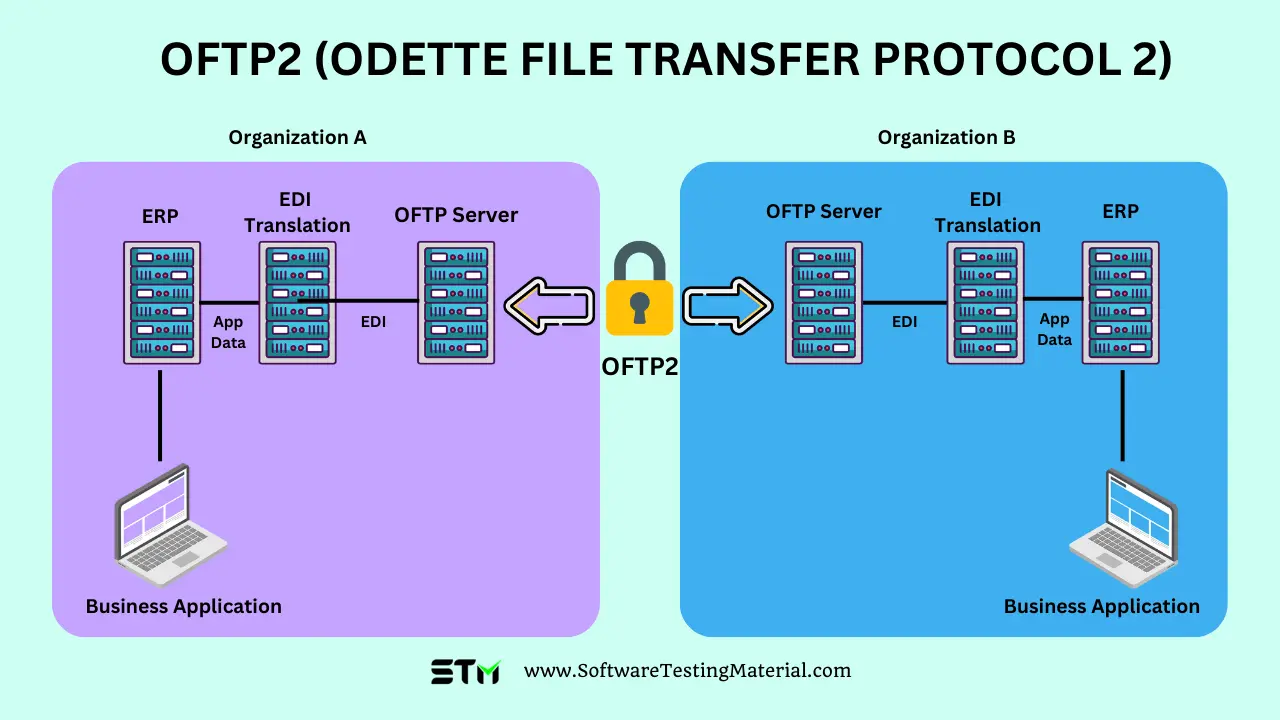
OFTP2 (Odette File Transfer Protocol 2) is the upgraded version of the Odette File Transfer Protocol (OFTP) designed for secure and reliable data transmission over the Internet, particularly in the automotive industry. This evolution of OFTP incorporates enhancements that enable it to transport large volumes of data and files securely using encryption and digital certificates, ensuring that sensitive information is protected. OFTP2 supports both synchronous and asynchronous communication, making it adaptable to different types of network setups, and includes capabilities for data compression to expedite transfer rates. It’s particularly well-suited for businesses that require reliable and secure file transfers across various industries, not just automotive.
Today, besides its application in the automotive sector, OFTP is utilized across governmental, customs, financial, retail, transportation, engineering, and various manufacturing domains. Predominantly embraced by OEMs and Tier 1, 2, and 3 suppliers in Europe, where OFTP first emerged.
Who are big users of big users of OFTP/OFTP2?
Some of the big users of OFTP/OFTP2 include:
- Ford
- BMW
- Peugeot
- Volvo
- GM Europe
- MAN
- Daimler
- Scania
- Karmann
- JCI
- Bosch, and
- PSA
OFTP1 vs OFTP2
Comparing OFTP1 and OFTP2 reveals significant advancements in security and functionality.
OFTP1, the original protocol, was designed for file transfers within closed networks, using basic authentication and lacking encryption, which made it unsuitable for the open internet.
Its successor, OFTP2, addresses these limitations by introducing end-to-end encryption, non-repudiation, and digital certificate support, thereby facilitating secure internet transmission.
OFTP1 is based on an ISDN- or an unencrypted TCP/IP connection whereas OFTP2 is encrypted via the TCP/IP protocol.
Additionally, OFTP2 enhances efficiency with data compression and checkpoint restart capabilities, which are particularly useful for transmitting large files.
The transition from OFTP1 to OFTP2 underscores a broader shift in business priorities towards secure, efficient, and internet-ready communication protocols.
Key Benefits of OFTP2
OFTP2 offers many benefits for secure file transfers between businesses and trading partners. Here, we will explore some of the key benefits of utilizing the OFTP2 file transfer protocol.
- Lower CAPEX requirements: OFTP can operate over TCP/IP, running on the Internet. Most enterprises already have high-speed Internet access. Deploying an OFTP service wouldn’t demand substantial capital since much of the needed infrastructure is likely in place, easing adoption due to its affordability. Cost issues would be less of a barrier to convincing trading partners to transact through EDI.
- Increased productivity and efficiency: With today’s Internet connections offering growing bandwidths, OFTP supports file compression for shorter transmission times, enabling faster transactions. OFTP is tailored for handling extremely large files (up to petabytes), ideal for transporting large CAD, CAM, or CAE drawings. Additionally, OFTP file transfers can resume from where they left off in case of network disruptions, saving time, especially for lengthy transfers.
- Highly interoperable: The widespread use of the Internet ensures easy transactions between companies worldwide.
- Built-in data integrity and non-repudiation: OFTP is business-centric, supporting digitally signed electronic delivery receipts to prevent conflicts over successful file deliveries.
- SSL data encryption: The OFTP2 connection provides heightened security with SSL file encryption, safeguarding data from network threats like DDoS (Denial of Service) attacks and MITM (Man-in-the-middle attacks). Digital certificates and strong authentication ensure secure interactions with genuine trading partners.
OFTP Security Features
OFTP2’s main security features include session security, file security, and strong authentication.
Session Security: The security of OFTP sessions is enforced through SSL encryption. SSL secures data in transit, safeguarding it from network threats such as man-in-the-middle attacks.
File Security: Adding to session security, file encryption offers an extra layer of protection by encrypting files until they reach their destination. Both file and session encryption uphold data confidentiality.
Robust Authentication: Ensuring strong authentication is crucial to verify legitimate transactions and prevent impersonation. Robust authentication is achieved through X.509 certificates.
Conclusion: Odette File Transfer Protocol V2
In conclusion, the adoption of OFTP2 reflects the increasingly robust demands for security and efficiency in electronic data interchange (EDI) within the automotive industry and beyond. Its enhancements over the original OFTP protocol, such as end-to-end encryption, compression, and non-repudiation, provide the necessary foundation for secure and reliable file transfers. As industries worldwide continue to lean into digital transformation, the relevance of OFTP2 only grows, cementing its role as a backbone technology for companies striving for integrated and secure communications with their global partners.
Related posts:
- What is AS2 (Applicability Statement 2)
- What is an FTP (File Transfer Protocol)
- What is FTPS Server (File Transfer Protocol Secure)
- What is an SFTP Server (Secure File Transfer Protocol)
- What is MFT (Managed File Transfer)
- What is SCP (Secure Copy Protocol)
- 14 Popular File Transfer Protocols For Business Explained
- MFT Vs SSH: Whats the difference
- Difference between MFT vs SFTP

